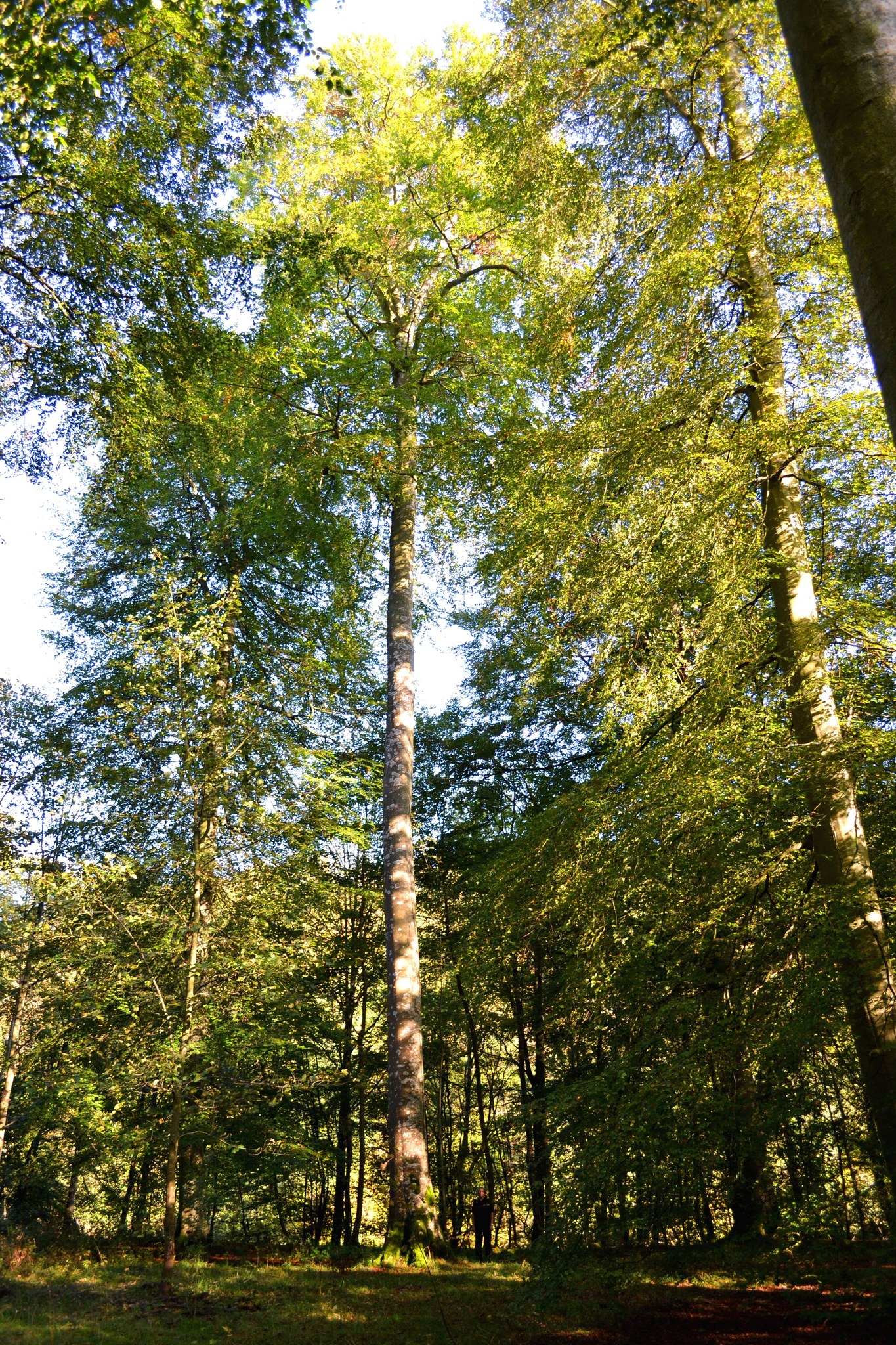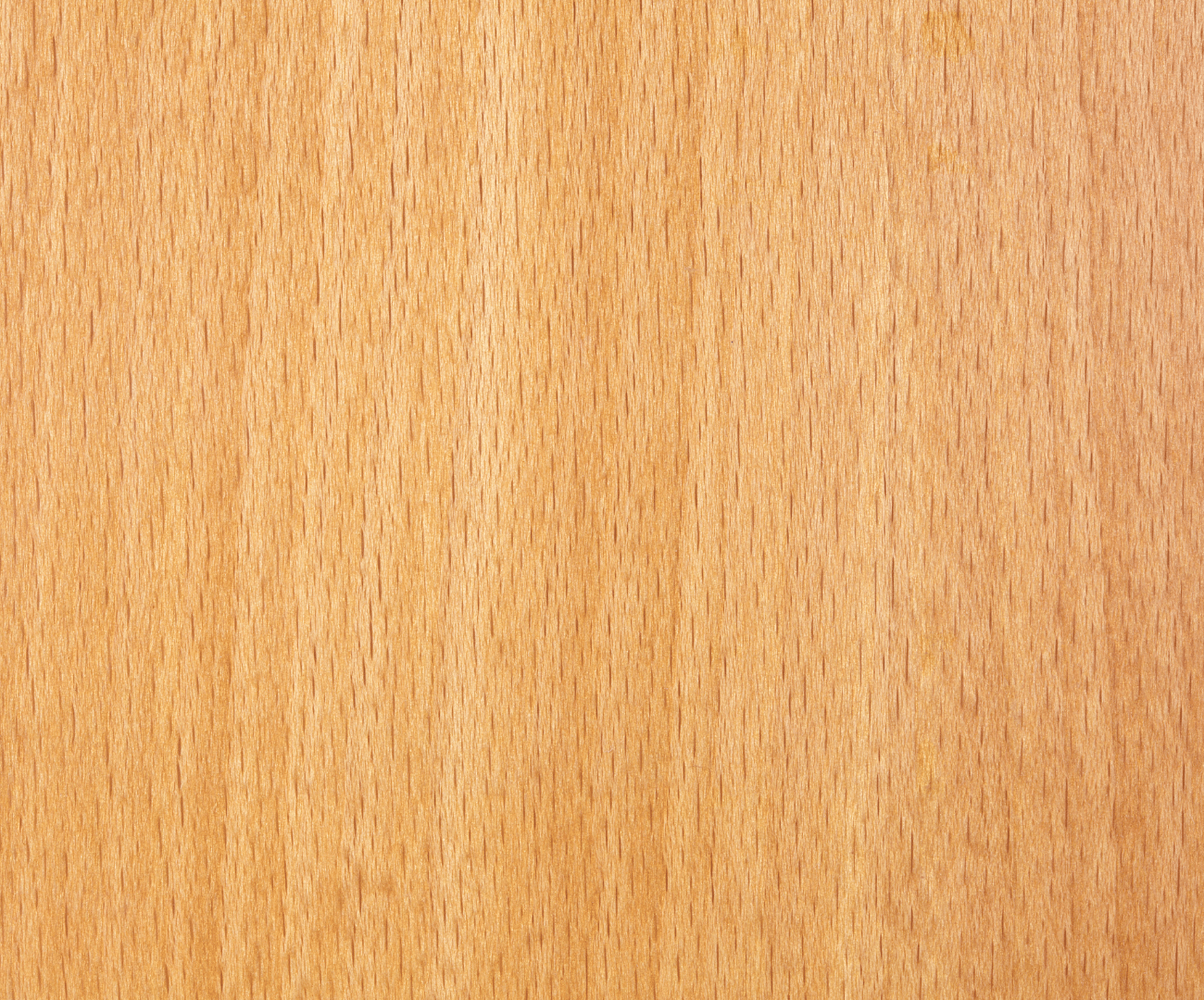Beech (Fagus sylvatica) is a priority minor broadleaved tree species which is forecasted to have current shortages in seed sourcing. Beech is seen as an important component of mixed broadleaved woodlands in lowland England, and as our climate warms over the coming decades their distributions may extend further across southern Britain.
About beech
Beech (Fagus sylvatica) has a life span of 350 years. It is associated with chalk downloads as a suitable growing area, however it grows well in other areas of southern England. It has a natural distribution throughout Europe, arriving in the UK during the Bronze Age and is considered native. It grows well in woodlands and also as standalone trees.
Beech is a shade tolerant species and is able to withstand colder temperatures and wind exposure. It can reach 40 metres in height, and has multiple branching habits which produce denser canopies when beech matures, with a large crown and creating a thick cover of ground litter when shedding their leaves, favourable for bluebells.
Beech creates both male and female flowers (monoecious), the female flowers grow in pairs while male catkins hang from the stalk on the end of twigs. The fruits are cups which become woody after pollination, holding beech nuts, also known as beechmasts. The species offers value to a wide variety of wildlife such as fungi, birds, insects and plants.

Beech plus tree – superior individual with a high volume of recoverable timber
Why beech is important
The attraction of beech is that it is native, produces timber that can be used for a variety of different purposes, such as for furniture such as chairs, fuel, tool making equipment such as rifle butts, sports sticks, walking sticks, vintage golf clubs, the backs of brushes and in the past, heels for shoes. The timber offers a knot-free, fine grained wood which is good for multiple users of the timber.
Beech trees can be susceptible to pathogens such as Phytophthora, beech bark disease, Cryptococcus fagisuga and Nectria coccinea aka canker fungus. Grey squirrels also pose a threat, as they often strip the bark of beech trees, which weakens the trees.
Interesting fact: France sometimes roast the nuts from beech trees to use as a coffee substitute

Beech tabletop wood
Our work with beech
We began working on beech in 2023, through the Forestry Commission, Seed Source Grant Funding (SSG), focusing on improving beech seed supply in England and Wales.
Prior to the commencement of the beech plus-tree selection – in the winter of 2022/2023 – a grafting pilot was undertaken to address the lack of grafting knowledge for beech (alongside hornbeam and field maple). Success of this pilot was mixed, but sufficient to continue to the plus tree selection.
We are looking for fine specimens of beech through working with foresters and estate owners to find beech plus trees stands.
The first stage of our project involves the selection of 100 plus trees of both beech and hornbeam from across England and Wales which are exceptional individuals for timber production that will form the basis of our tree improvement programmes. Our researchers will be selecting plus trees from across the entire natural range to ensure we retain high levels of genetic diversity in our breeding populations.
The second stage is to return to 50 of the beech plus trees with an arborist team to collect graftwood from their crowns. The collected material will be grafted onto rootstocks by a specialist team at NIAB East Malling and the successful plants used to establish a large and genetically diverse seed orchard. This will be the first beech clonal seed orchard in the country and the only source of Qualified seed for the species.
The seed sourcing grant has also enabled us to employ a full time Forestry technician, Ollie Stock to work on this project.
